Bananas are pretty famous fruits that are used as ingredients in many desserts and even dishes. From breakfast cereals to splits to puddings to soups, bananas are very flexible as a culinary material. On the other hand, as ornamentals, their lovely foliage ultimately provides a vibrant, tropical feel that makes every gardenscape stunning. In this article, let’s discuss about bananas reproduction seeds.

However, when you open your breakfast banana, you may notice the absence of seeds, unlike your citruses and mangoes. Commercially grown bananas, like your Cavendish, do not produce seeds. It is because they are modified to have triple sets of genes (triploid), creating a seedless variety. Without seeds, they are propagated using their rhizomes or “banana pups”.
For sure, more questions pop up about this fantastic and interesting yellow fruit. Do they ever produce seeds? If not, how are they reproduced? Can they be grown in your backyards? In this article, we are going to answer every essential question about banana reproduction that you might have!
Do bananas produce banana seeds?
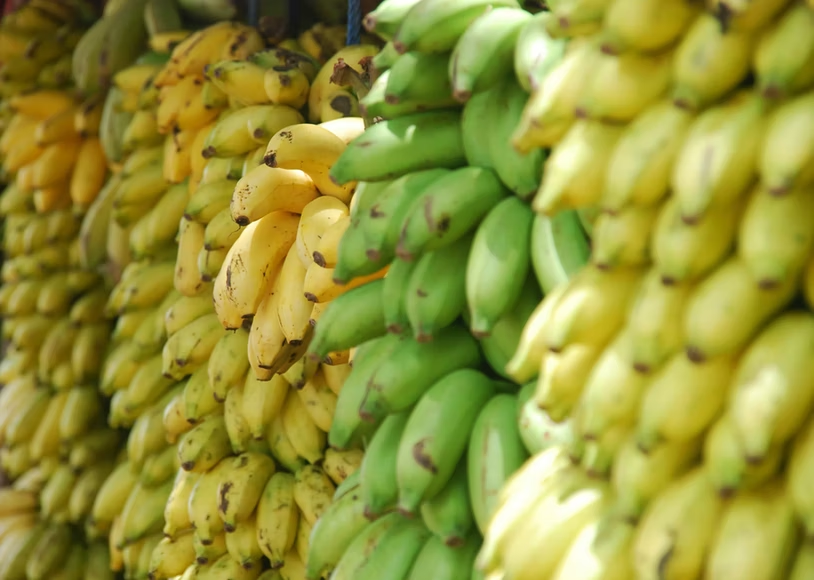
The answer to this question is actually complex and could be a handful to discuss. But, botanically speaking, bananas are members of the angiosperm group of plants – the most diverse group within the plant kingdom, including plants that bear flowers and produce seeds.
Bananas produce seeds. However, the seeds of these bananas are immature seeds – most especially the commercially grown bananas. Therefore, they will not develop into fully functional seeds that will give rise to new banana trees when planted in soil. Meaning, you cannot just sow a banana seed and expect a banana tree to grow.
The topic about banana seeds is quite complex because it involves talking about evolution, natural selection, and the long years of domestication and breeding of the plant.
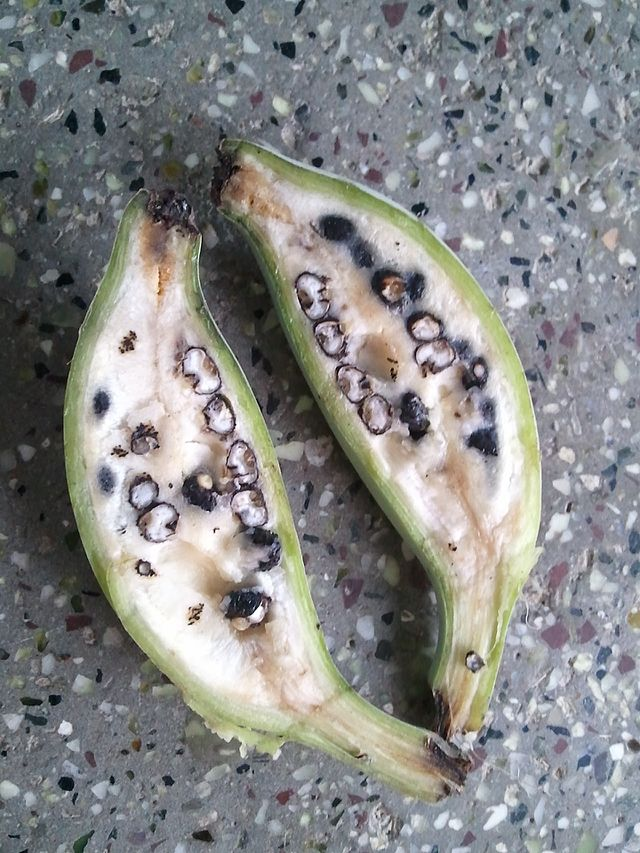
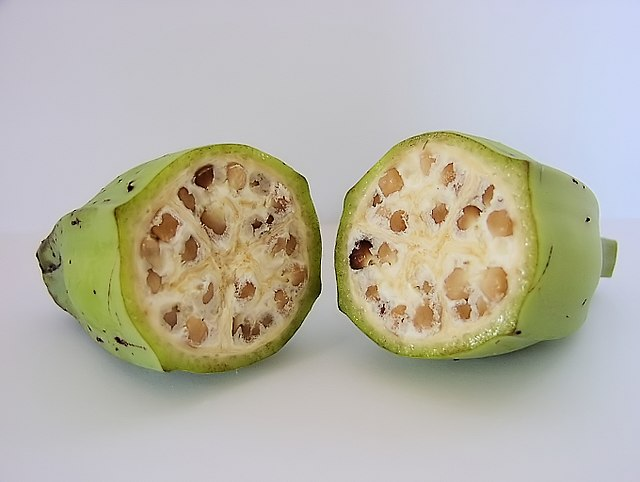
The original bananas (the wild ones) have many seeds, in fact, too many that the fruit cannot be eaten as is. Wild bananas are also smaller than the ones we have today. Because of agricultural domestication and breeding, bananas selectively grow to have a much bigger fruit with very small seeds, rendering it edible for consumption.
Nowadays, there are wide commercial varieties that you can select with distinct flavors, textures, sizes, and of course, lesser to no seeds at all.
RELATED: 17 Different Fruits That Start With K (Including Photos)
How are banana plants grown?
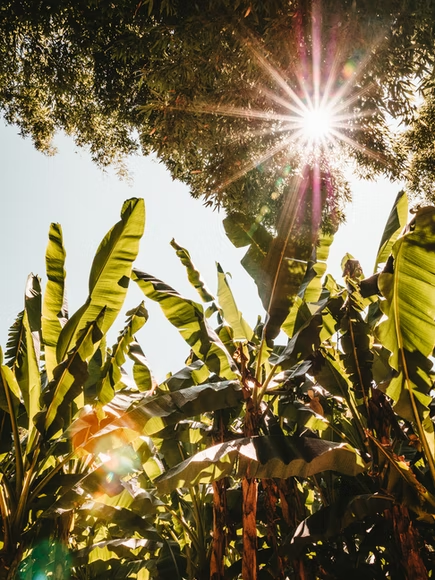
Now, you might wonder how bananas are grown if they don’t develop mature seeds. Simple! Have you seen plants that produce small plants around them? Surely, you now have an idea on how banana trees are propagated.
Banana plants produce small plants around them. They reproduce through what we call as suckers, or sometimes called pups, via their underground rhizomes. The pups or suckers, which look like smaller plants that grow around the mature plant, are offshoots from the roots of that mature plant. These pups are attached to the mature plant via the roots.
A banana tree reproduces them not just as their primary mechanism of reproduction but also to increase the surface area, helping them absorb more water and light for their growth and development.
The banana pups are grown until they are three to four feet in height to propagate bananas. Once they reach this desired height, they are separated from the adult plant.
Afterwhich, they are planted on their own soil and let the cycle continue. They grow into adult banana trees, produce fruits, and eventually produce pups for another set of propagation.
However, this propagation method has its own pros and cons. It is true that propagation via pups is, in general, faster, less taxing, and has a higher success than growing from seeds or via grafting. But unfortunately, it lessens the genetic diversity of the banana population since the pup is just an exact clone of the adult banana tree.
This has a significant impact on the banana population as a whole because it makes them more susceptible to diseases and takes them much longer to develop resistance.
RELATED: 25 Different Fruits That Start With L (Including Photos)
Can you grow banana trees in your own backyard?
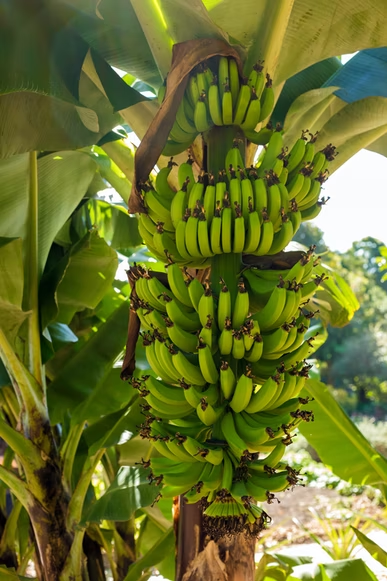
The Dwarf Cavendish variety, for example, was selectively bred and developed inside English greenhouses in the middle of the 1800s. However, they need to be ensured of at least six hours of daily sunlight and a long, warm growing season to produce and ripen their fruits.
The commercial bananas that we know and eat today are mostly cold-hardy and are cultivated in regions from USDA zone 9 to 11. They best thrive as indoor plants in the colder areas, especially during the cold seasons.
On the contrary, the Japanese banana, scientifically known as Musa basjoo, is the world’s most cold-hardy banana species. It has been recorded to withstand temperatures as cold as minus 10 degrees Fahrenheit. They can also grow up to 15 feet in height.
Mature Japanese bananas can also produce flowers and bear fruits; however, their fruits could not be eaten. In temperate regions, these banana plants die every winter, only to regain their height by the mid of their growing season.
Where do I find banana pups?
If you are considering planting bananas and are looking for new banana pups, there are many places you can go. Banana plants are so economically used, either for food or as ornamentals, that they are sold almost anywhere.
You may visit your local nurseries or specialty stores selling plant seedlings. If you are unlucky to find one near you, fret not because you can purchase banana pups online. These plants can be shipped worldwide because they can tolerate conditions in a container for an extended period of time.
There are also many cold-tolerant varieties to choose from if you are not living in a tropical region. Banana plants are now grown to be cold-hardy and are more tolerable to cold. When planting bananas, choosing the appropriate planting location and meeting adequate care requirements are necessary.
The location must have a full sun because that’s what banana plants need. A nutrient-rich, well-draining soil is also necessary. The soil pH preferred by bananas is slightly acidic. They thrive in high humidity but are susceptible to damages caused by wind. A lot of water is also needed for banana plants to grow healthily.
As they grow mature, your banana plant will produce its own pups. You may opt to separate them or leave them attached to the adult plant when they do. However, producing pups is also a sign of stress by the plants as they help in absorbing more light and nutrients. In that case, check your plant and make sure it gets the necessary requirements for them to thrive.
RELATED: 15 Different Fruits That Start With N (Including Photos)
Bananas Reproduction: Seeds
How do you propagate using seeds of commercially available bananas?
As sad as it sounds but, unfortunately, germinating banana seeds is not that simple. Much more if you aim to produce edible bananas. It is impossible to grow banana plants from the seeds of your breakfast banana- like what you can do to your other favorite fruits.
The seeds of the banana fruit are embedded inside its flesh – the fruit’s edible part. However, since the bananas that we eat now are already developed and bred to become a hybrid plant, like your Cavendish banana, the minute seeds are immature and will not grow into another plant.
Commercially grown bananas are usually propagated through banana pups.
How do you propagate using seeds of ornamental/wild bananas?
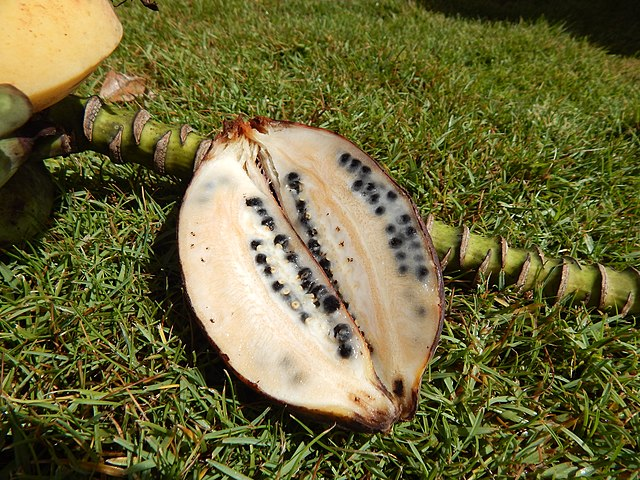
You cannot grow commercial varieties of edible bananas using their seeds. However, this is not the same case for all bananas, especially those ornamental and wild types. Several species of wild bananas have seeds that can also be propagated. Among the Musa species that can be propagated using seeds are the Musa albisiana and Musa acuminata.
It is best to start them in a container or an enclosed garden area to do seed propagation. You may soak the seeds for at most two days to “wake” the seed up from dormancy. Afterward, you sow them in moist soil, a quarter of an inch deep. The seeds may germinate in a matter of two weeks or more, depending on the banana variety or the environmental conditions.
Banana plant propagation is a bit of a thrilling adventure, isn’t it? Depending on what you aim for, you can go several ways, and of course, some ways have deadends.
Buying banana plants from nurseries is always the best option if you aim for edible fruits or the ornamental types with different colors of fruits and flowers and lush foliage. However, in this case, growing commercially available edible bananas from their seeds is not an option.
If you want to know more about propagating bananas via seeds, you can watch the video below.
Editor’s Recommendations
In the Sky With Diamonds: 12 Different Types Of Tangerine Trees







